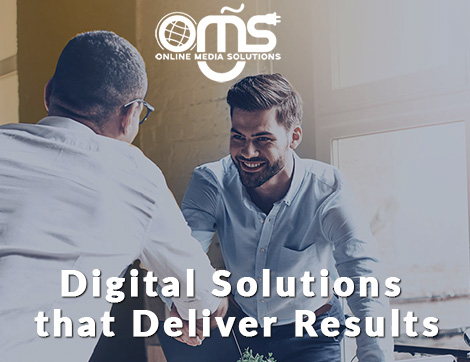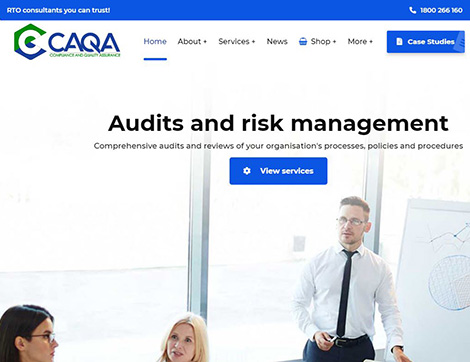Moving from face-to-face training and assessment to online or distance learning and assessment can be difficult, especially when you have already invested in facilities, equipment, and resources for face-to-face training and assessment.
However, in order to survive and also to embrace new technologies, many training organisations have decided to move to an online or distance learning and assessment mode. Here are some views and suggestions on how you can accomplish this in a competent and compliant manner at this point in time.
Whatever method you use to offer instruction to students, you must plan, document, and implement techniques that ensure that students obtain all necessary skills and knowledge in the subject matter. This need includes ensuring that students have access to appropriate resources, facilities, and trainers.
Transitioning from one delivery mode to another
Training and assessment strategy
Training and assessment strategies are not a single document but rather a collection of documents that serve as a road map for your organisation’s delivery of training and assessment to a specific learner cohort.
As a result, this is the first document that needs to be updated whenever there is a change in delivery mode (such as switching from classroom mode to distance or online mode), client cohort (whether experienced and working in the industry or not experienced and not working), or any other changes to the way you deliver and conduct your training and assessment practices.
Several aspects of your training and assessment strategy, including but not limited to the following should be considered:
- Delivery mode
- Training and assessment arrangements (e.g, Your own lms or using someone else’s)
- Admissions requirements, skill, knowledge, employment, and pre-enrollment assessment sections, how you will assess the technical skills and competencies of the learners to enrol in the course
- Course duration in terms and training delivery and assessment, and how these will be conducted
- The details related to the delivery of the course
- Academic and student support, how much and when they will be provided
- Facilities and resources you need to operate the online or distance mode of delivery
- Policies and procedures to safeguard data and information and also comply with privacy legislation and other regulations applicable
- The contextualisation and customisation of your training and assessment resources
- How the work placement component will be conducted?
- How your assessors will assess the student’s work?
- Training and evaluation hours required by the students for each activity online or in the distance delivery method
- How trainers and assessors will ensure that the students are ready for evaluation
- How trainers and assessors will ensure that the students are prepared for the assessment. When should the assessment take place?
Training and assessment strategies should be agreed to by all parties involved in the training and assessment process after they have been prepared, but they should also be evaluated by representatives from the industry.
All stakeholders should agree on the strategy.
When it comes to offering and providing support to students, following policies and procedures, and proving compliance through all of their actions, one of the most difficult tasks is ensuring that all of your stakeholders are on the same page.
Changes in other documents
You have recognised the changes and how you intend to address them. The next stage is to check all documents and practices, such as the timetable, session plan, training and assessment resources, all templates, your procedures, etc. to ensure your practices reflect what you have stated in your training and assessment strategy.
Marketing materials
Your marketing materials should be updated to include clear information about what learners may expect from participating in learning and assessment activities with your organisation.
Demonstrate compliance through evidence
When it comes to demonstrating compliance, the regulatory body is clear in its requirements. If you do not have evidence to support your claims, then you are not doing what you are claiming.
Ensure you have evidence of everything that is indicated in your policy framework, training and assessment strategies, any other organisational documentation, as well as the needs of any legislative or regulatory guidelines or standards that apply.
For example, a review form that details who developed the training and assessment strategy, who reviewed it from internal and external stakeholders, what feedback was provided, how feedback is included, and when each of these activities took place could be one of the most important pieces of evidence.
Call us on 1800 266 160 or email info@caqa.com.au to find out more on how we can assist.







